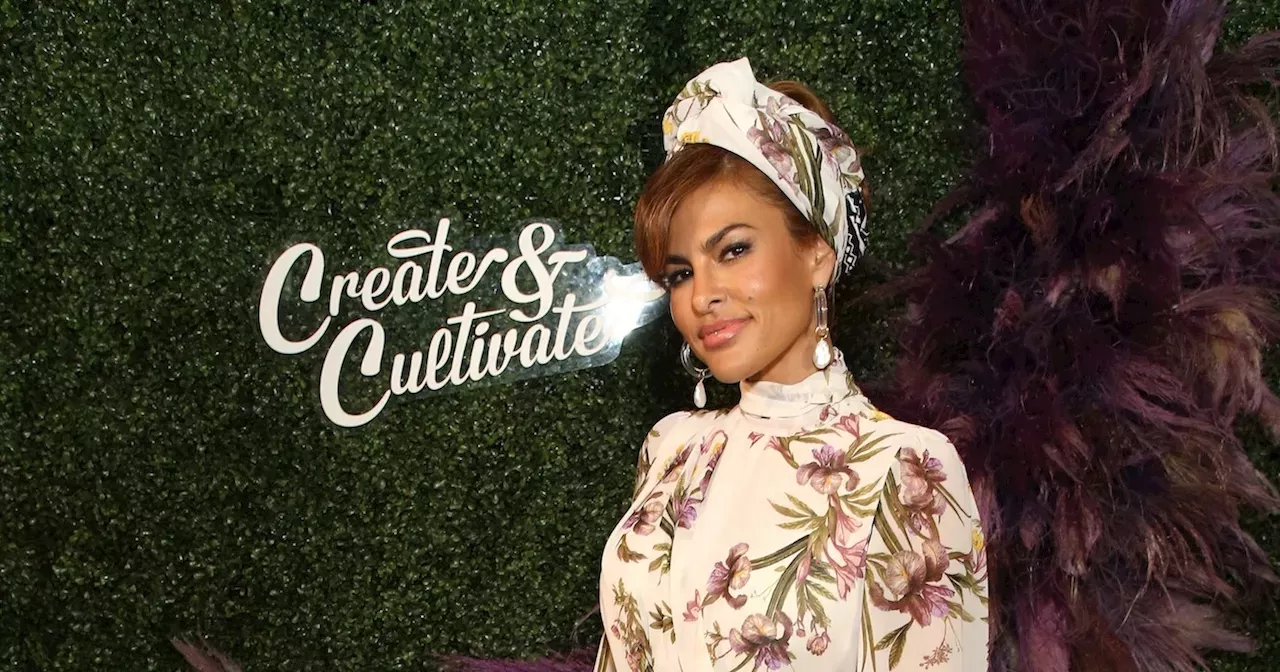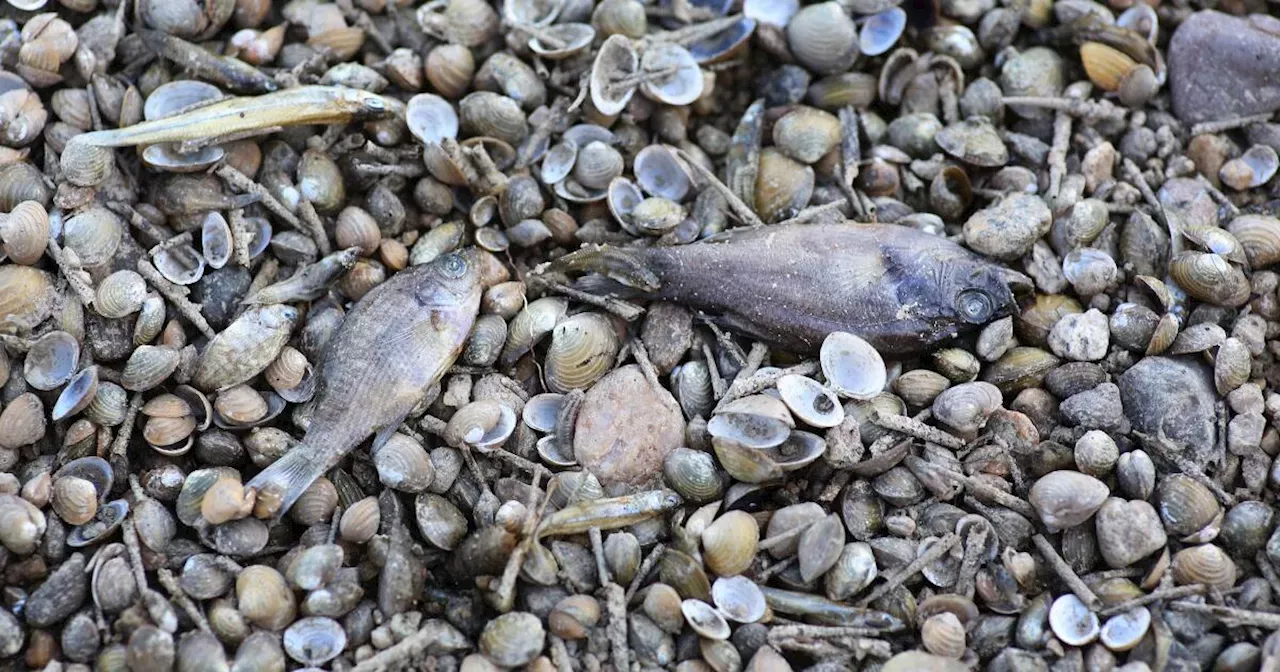Lavender is a Mediterranean evergreen shrub, grown for its fragrant leaves and bee-friendly flowers. There are hardy, half-hardy and tender species of lavender to choose from. Lavenders work in a variety of situations, from wildlife gardens to and even formal gardens, such as planted beneath shrub roses or used as a low-growing .
Many lavenders thrive in pots. The type of lavender you grow will depend on personal choice, including flower colour and shape, plus the shade and fragrance of the foliage (some lavenders have silvery-grey leaves, while others are more green). Several pointers to consider when choosing which lavender to grow in your garden include: English lavender, , is hardier and longer-lived than the French and Spanish lavenders and ; it's thought that bees are more attracted to English lavender than French or Spanish lavender.

While traditional English lavender varieties and are undeniably lovely and rightly popular, intermediate lavenders, sometimes called 'lavendins', have several advantages over English varieties. These hybrid lavenders have and as their parents. They are more robust than other lavenders and therefore more tolerant of wetter soils and colder winters.
They're larger in habit than English lavenders and flower for a longer period, providing more flowers for you to enjoy, and more pollen and nectar for bees. Popular hybrid lavenders include and . Grow lavender in full sun in well-drained soil.
Half hardy and tender lavenders, such as should be grown in a sheltered spot. Cut back after flowering to prevent stems becoming woody. More on growing lavender: Lavenders thrive in an open site in full sun in a well-drained, neutral to alkaline soil (got acid soil? Try French lavender, instead).
They cope well with drought conditions and may suffer in wet, heavy soils, particularly over winter. Half-hardy and tender lavenders, such as are best grown in pots so that they can be moved to a light, airy frost-free spot for winter. The best time to plant tender lavender is in spring, from March through to May.
If you have heavy soil, improve drainage by adding horticultural grit to the planting hole before planting. Planting on a slight mound can also help prevent water-logging. Plant lavender at the same depth it was in its pot.
Add a sprinkling of to the planting hole, place the plant in the hole, backfill and firm in. Water well. When planting lavender in pots, choose terracotta pots with drainage holes.
Fill with a no. 2 or 3 and mix in some horticultural grit, for drainage. Pots should be placed in a sunny spot away from overhanging trees and shrubs.
Hardy lavenders ( and types) can cope with temperatures down to about -15°C, and can therefore be left in the garden all year round. Prune after flowering, typically in August. Cut back quite hard but don't cut into old wood, as this can reduce flowering potential the following year.
Be careful not to remove green shoots as this can kill the plant. Half-hardy lavenders, such as , flower for a long season but may not survive winter. Prune after their first flush of flowers have faded but avoid pruning any later than early September.
If growing the more tender lavenders, such as , deadhead and prune only if the plants become scruffy. In this short video guide, Monty Don demonstrates how to cut back lavender after flowering, to maintain a neat, compact shape and prevent it becoming leggy and unkempt: Lavenders are not long-lived plants. Expect tender varieties to live for about five years.
If pruned correctly, hardy types can live for about 15 years (as many as 20 years, in some cases). Take semi-ripe lavender cuttings in late summer. Remove non-flowering shoots, about 10cm long, with a woody base and a tip with new growth.
Pull off some of the lower leaves. Fill plastic pots with peat-free multi-purpose compost, water and then push the cuttings into the compost. About 1cm should be below the soil.
Cover pots with a clear plastic bag and place in a light and airy place. A greenhouse is ideal. Find out how to boost your stock of plants, in 's video guide to taking cuttings of French lavender, Lavender can be become very leggy and bear few flowers.
The reason for this is lack of or poor pruning. Many gardeners just deadhead hardy types which leads to leggy plants and few flowers. Looked after in this way the plant will be very short lived.
To rejuvenate a woody plant, to just above a green shoot and hope for the best. If new shoots don’t appear within the next month you might be better off starting again. is one of the best known of all lavender varieties, for good reason.
It's a compact variety of English lavender with mid-purple flowers and is ideal for planting in borders or as dwarf hedging. As the name suggests, is dwarf variety of English lavender, growing to around 30cm in height. It has pale, purple-pink flowers held above green-grey foliage.
Find out how to use this dwarf variety in a . is a compact variety of English lavender, growing to around 45cm in height. The flowers are pale pink and have a slight fragrance.
Good for combining with purple-flowered lavenders. 'Lullaby Blue' has rich, purple-blue flowers. Reaching around 60cm in height, it's a good choice if you're after a more substantial lavender hedge.
Like all lavenders, it's great for pollinating insects. is a vigorous variety of French lavender with gorgeous spikes of purple flowers. Like most lavenders, it has large and distinctive bracts.
Deadhead the flowers once they're past their best. is a vigorous variety with a good scent, so it's good for drying. French lavenders are best grown in sunny, sheltered areas.
Try growing lavender as part of a . Like all x hybrids, is a larger, more robust variety, with broader leaves and longer flower stalks. It has pure white blooms and makes an excellent cut flower.
is a large, attractively branched variety with pale-purple blooms. A lovely choice for borders, as a hedge and for cut flowers. Discover more .
is considered by many to have the best scent of all lavenders and is often grown for use as a cut flower. Looks good planted with and , which enjoy similar growing conditions. x is one of the rarer lavender hybrids.
It's hardy and has beautiful feathery foliage, similar to that of some , and tall purple flower spikes. Plug plants need to be grown on before they are transplanted into the garden. When they arrive, water the plugs and allow them to acclimatise in a light, warm place for 24 hours.
Then they can be , watered and grown on in frost-free conditions. Harden off and plant out when they are large enough to thrive outside. Spring is a good time to transplant young lavender plants as the soil is warming but plants are not yet in flower.
Plants that have been moved will need to be watered and the area around them kept free of weeds..



















